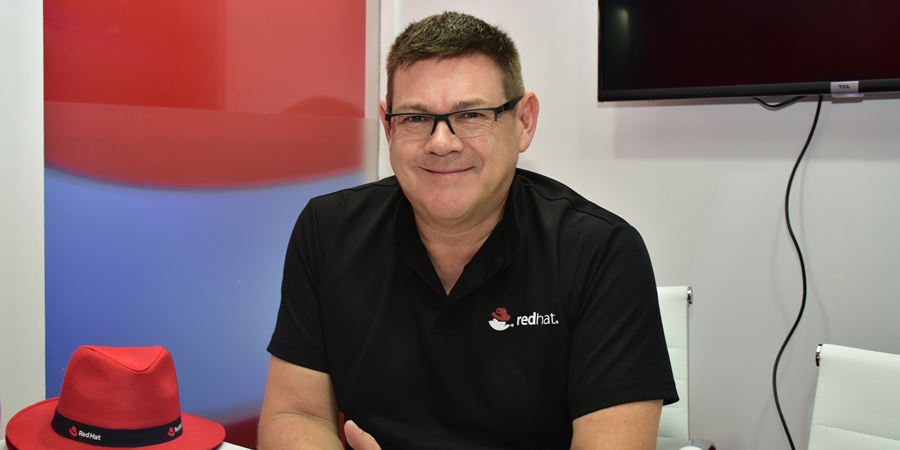It is an interesting time for open source solution providers. The technology is gaining more and more momentum as the world gets a better understanding of how it actually functions and how secure it is. In an interview with Telecom Review, Adrian Pickering, regional GM, MENA, Red Hat, highlighted Red Hat’s large experience in terms of open source solutions and gave us insight into how such solutions can help achieve digital transformation.
When we say Red Hat, open source is what comes to mind. Is this all what Red Hat is about?
It’s in our foundation. We began with open source 25 years ago and Red Hat was well known for its operating system Red Hat Enterprise Linux which has been our flagship product for many years and is used around the world. Over recent years, our portfolio has expanded to include many other tools and solutions that derive from open source.
An example would be OpenShift which is a community-based solution that utilizes containers to allow for application development and modernization. Customers, whether telecom companies, banks, airlines or even ministries, are using containers to modernize their application platforms and achieve digital transformation.
The other area that is becoming more and more relevant is the management of a hybrid cloud environment. Many organizations are looking to burst out of their existing infrastructure on premise and harness the various cloud offerings that are in the market now to provide additional business flexibility and a cloud environment to develop various applications. We provide a very effective management of a hybrid cloud environment.
But again, all of our offerings are based on open source technologies. We are fundamentally an enterprise software company with an open source development methodology.
How does open source help businesses shift into a digital model?
Some of the solutions we offer are extremely relevant to the concept of digital transformation. For instance, automation technologies can ensure that businesses are optimizing the existing platforms and have got a good level of security and compliance and are preparing the way for embracing the cloud environment. Automation is a very relevant area and the tools are all derived from an open source model.
How do you see the adoption of open source in the MENA region in particular?
Many organizations are now a lot more open minded to open source based solutions and it is reflecting positively on our business results that are growing double digits not only in the MENA region but on a global basis as well.
Last year, open source technologies and specifically Linux, surpassed all the other operating systems in the world to become the n.1 choice for developers. So the statistics are all pointing towards the right direction.
In the Middle East, governments are launching initiatives around the adoption of open source technologies and are raising awareness around its importance.
What do you say to everyone who is still reluctant as to the adoption of open source software?
I ask them to have an open mind and work with the open source community to get an understanding of what open source is all about. People need to actually get to understand the mechanisms used by Red Hat to adopt open source. Every product goes through a rigorous certification process which looks at security, continuity of development, documentation and training. Such a process can assure CIOs and CTOs that they can implement an open source solution in a mission critical environment without having to worry about the security aspect.
I hope that those who don’t fully understand what open source is all about can really get a little bit more confidence when they look at all the successful examples.
What role can open source play in the era of 5G?
5G is enabling more data to transition across the network. Open source technologies are being pushed further to the edge of the network so that more and more data can transition in an efficient and cost-effective manner. We work with many telecom operators in the region and globally and as they rollout 5G, we are right there with them looking at how the open source technologies can get to the edge of the network and provide the manageable controllability and flexibility to the edge to allow a cost-effective flow of data.











